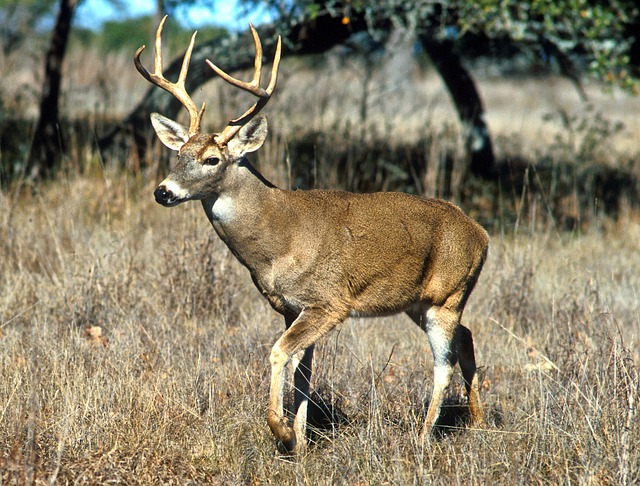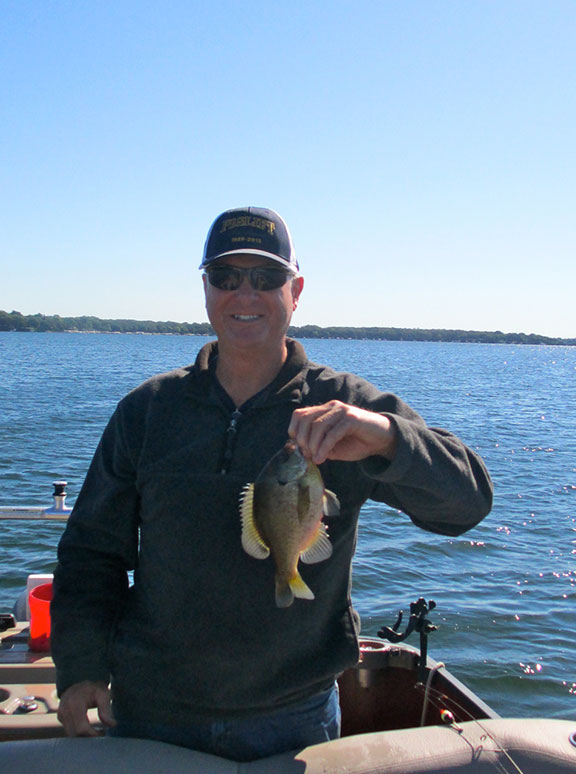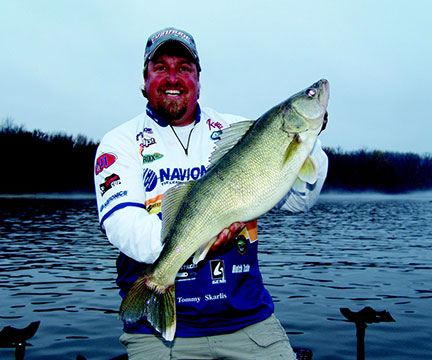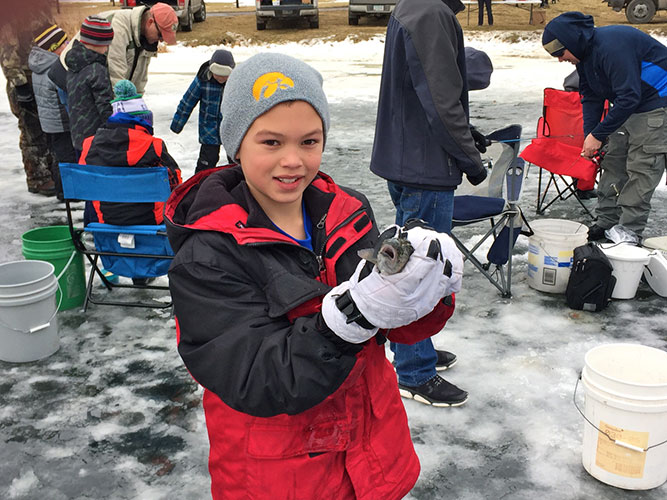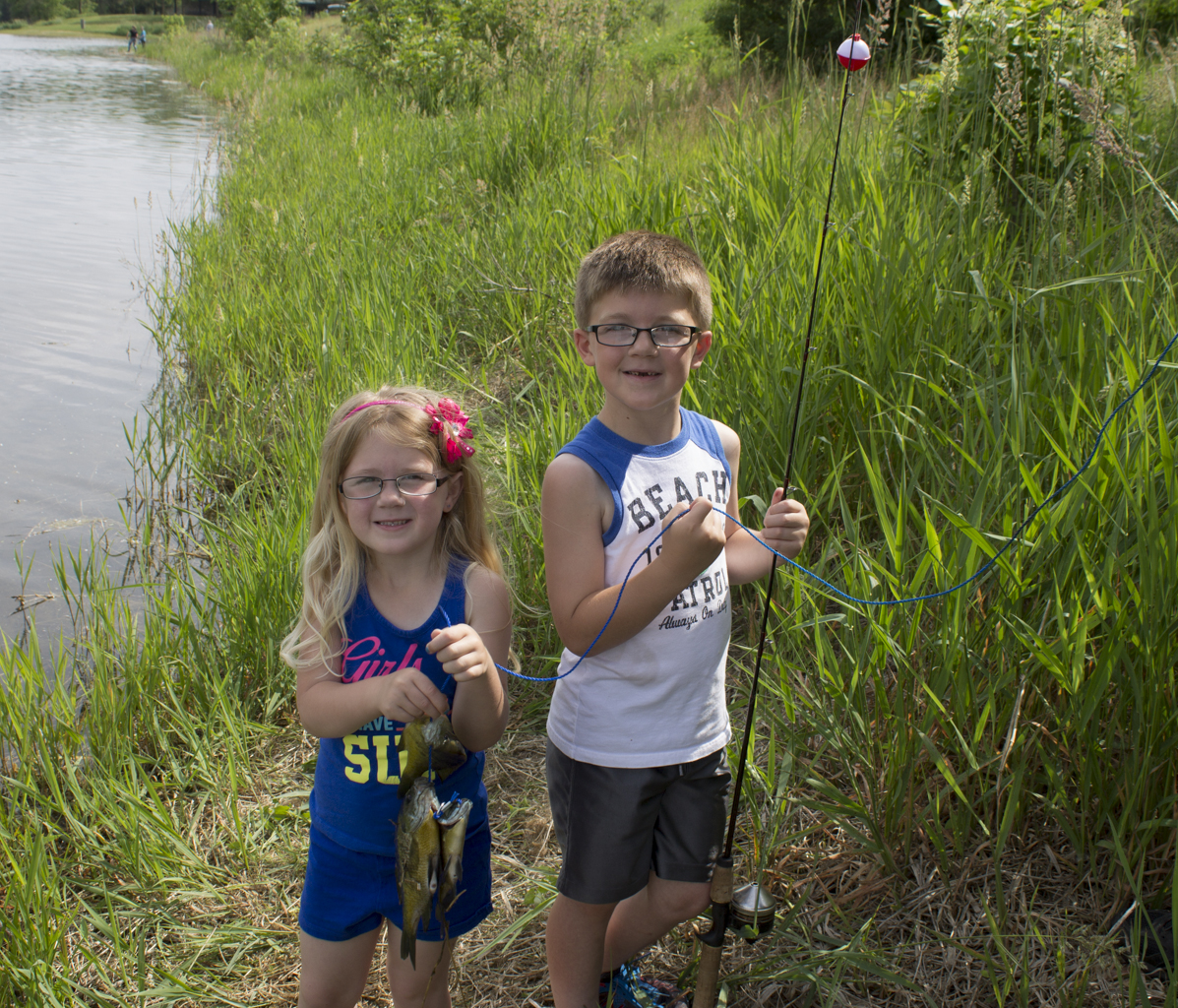By Steve Weisman
Here we are in mid-August, and we can already see four hunting seasons on the horizon: the cottontail, squirrel, dove and early teal seasons.
Both the cottontail and squirrel seasons open on Thursday, August 31 with cottontail lasting until February 31 and squirrel until January 31. Both have slipped in popularity the past few years as hunters have chosen to pursue other upland game and waterfowl. Cottontail rabbits are found throughout Iowa, but the greater numbers are found in the southern counties. Usually the best rabbit hunting takes place during the snowy months of December-February.
Most of the squirrels bagged in northwest Iowa are the fox squirrels, while the gray squirrels are mostly found in the heavily forested areas in the eastern and southern parts of the state.
Dove season
The dove season is heading into its 4th year, with opening day kicking off on Monday, September 1. The season lasts until November 1. Meanwhile, the early teal season will run from Saturday, September 6 and run through Sunday, September 21.
Each year the Iowa DNR has expanded the opportunities for hunters to bag doves on public lands all across the Hawkeye state. Most often that includes a sunflower food plot. Let’s look at four counties in the Iowa Great Lakes area with public wildlife areas with food plots designed to attract doves.
Clay County has six public wildlife areas: Barringer Slough, Dewey’s Pasture Wildlife Management Area, Dry Mud Lake Management Area, Hawk Valley Wildlife Management Area, Little Sioux Wildlife Management Area and Ocheyedan Wildlife Management Area. .
Dickinson County also has six public wildlife areas: Cayler Prairie Complex, Center Lake Complex, Garlock Slough Wildlife Management Area, Kettleson Hogsback Complex, Spring Run Complex and Welch Lake Wildlife Management Area.
Emmet Couny offers three public wildlife areas: Anderson Prairie Complex, Ingham-High Wetland Complex and East Swan Lake Wildlife Management Area.
Palo Alto County also has three public wildlife areas: Dewey’s Pasture Complex, Fallow Marsh and West Fork Wildlife Management Area.
You can actually look online at the Iowa DNR website (www.iowadnr.gov) and find a topo map of each of these public areas. However, the map will not show where the food plots are located. That’s where a little pre-hunt planning needs to take place.
As we get within several days of the dove opener, probably the week of August 25 or so, DNR workers will chop down big sections of the sunflower plots to help attract the doves to the area. The middle block of the food plot will be left standing for hunter cover. The standing cover to be left is also designed to help with hunter safety. So, if you plan on hunting any of these areas, it’s a good idea to check the food plots out to help with your hunting plans.
A good plat map showing state ground in your county can be a valuable asset. Once you find a group of doves, watch their movements from roost, to food to water and back to roost. That will provide you with a pattern so you can determine what areas are available for concealment.
Shooting hours will be one-half hour before sunrise to sunset with a daily limit of 15 birds. Remember that public wildlife areas are designated as nontoxic shot only!
Of course, there are also many privately owned lands that have perfect habitat for dove hunting. If you are lucky enough to know a landowner that gives you permission to hunt private land, be sure to take advantage of the opportunity. If not, don’t be afraid to scout out some areas and then stop in and visit with the landowner. It’s worth a try.
Early teal season
Yep, this will be the first-ever early teal season in Iowa. Some important rules pertain to this season.
Only TEAL can be bagged! That means that hunters need to identify ducks much better than normal. No mistakes! To help hunters better identify their ducks, the shooting hours will be from sunrise to sunset. As we all know, that half hour before sunrise is a great shooting opportunity during the regular season, but it’s extremely difficult to identify types of ducks.
The daily bag limit will be six teal in any combination. The three species of teal include blue winged teal, American green winged teal and the cinnamon teal.
Obviously, hunters will to have their hunting license, habitat and migratory game bird fee and federal duck stamp – everything in order, as always.
Scouting will be important for this early teal season. Even the slightest cool weather can signal a migration of teal. Most of the migrating blue-winged teal relate to shallow water, mud flats and smaller wetlands, especially those with heavy vegetation. They love the seeds and gorge on them to prepare for their next push south.
As for equipment, it will be relatively simple with only a few decoys needed. Most hunters will likely use some of their mallard decoys. Best bet is to go with mostly hen decoys, because the blue-winged teal drakes will not be in full plumage yet. Of course, some hunters will use teal decoys to make the spread as realistic as possible.
Yes, it’s time for fall. Look at all that will be going on: hunting, fishing, football (high school, college and pro)…the list goes on.
Does it get any better than that? Only when it’s the next season of the year!
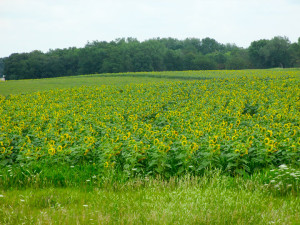
(photo by Steve Weisman) A typical sunflower food plot on public wildlife hunting areas in northwest Iowa – perfect habitat to attract doves.

